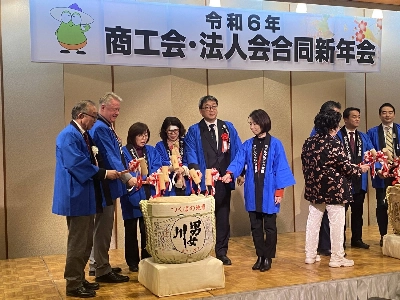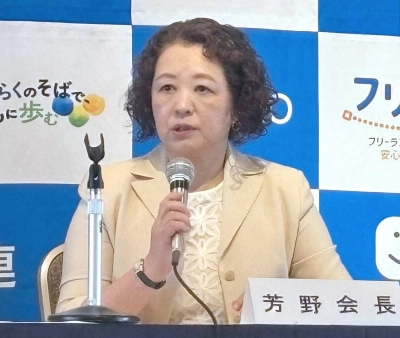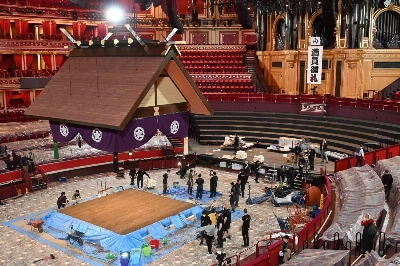On the windy Sea of Japan coast, in a region known for heavy snowfall and sake brewing, the world’s largest nuclear plant sits idle.
The Kashiwazaki-Kariwa Nuclear Power Plant, a sprawling 4.2-million square meter complex by the sea, was once the crown jewel in Japan’s strategy to boost atomic power to 50% of the country’s energy mix by 2030. Inside, a framed certificate from Guinness World Records acknowledges the facility’s potential output of 8.2 gigawatts as the most globally.
Right now that output — which would be enough to power more than 13 million households — is zero. The seven reactors at KK, as the facility is known, were shuttered after the 2011 tsunami and meltdown at the Fukushima No. 1 plant in the Tohoku region that prompted the government to rethink its dependence on nuclear energy.



















With your current subscription plan you can comment on stories. However, before writing your first comment, please create a display name in the Profile section of your subscriber account page.